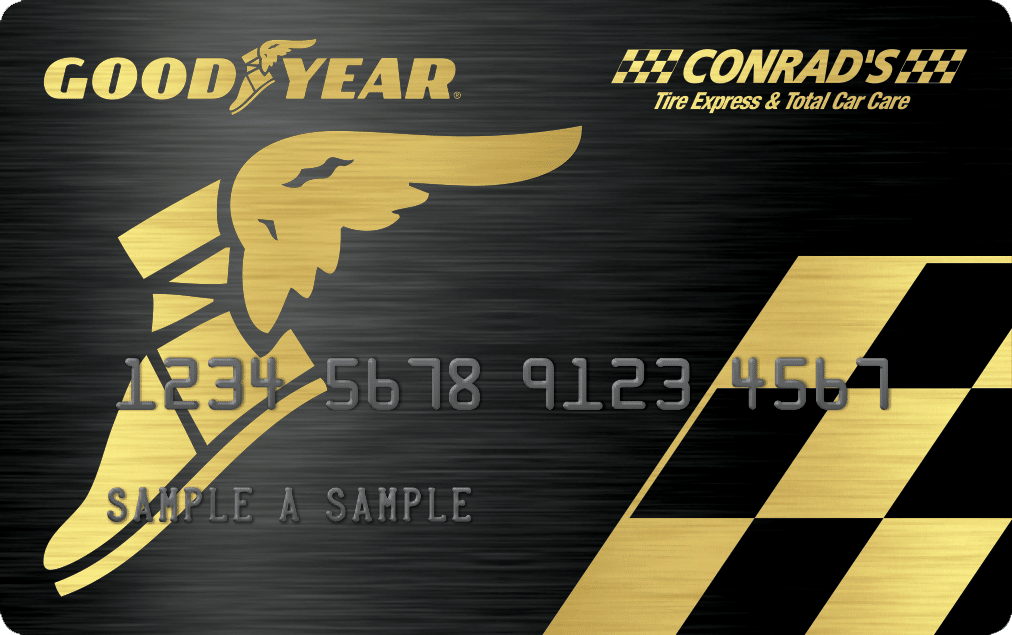Tire Speed Ratings
In the last 20 years or so, most if not all vehicle manufacturers have started to equip their models with “speed-rated” tires. This was both a response to the government’s push for tire safety and to the improved handling requirements of newer vehicles that drove changes in steering and suspension systems.
Today even family sedans and economy cars are coming from the factory with what years ago were known as high performance, tires. And tires are getting bigger. For example, a Chevy Cavalier from the late 1980s and early 1990s sported 13” tires (P185/80R13). Rebadged as Cobalt in 2006, the essentially similar vehicle was now shod with 15” tires in the base model, with upgrades to 16-, 17- and 18-inch tires in the high-end packages (215/45ZR18 93W for the Cobalt SS Supercharged version).
S, T, H, V, W, and Y…what do all those letters mean, and why is it necessary to understand this tire speed rating?
The speed-rating system we use today evolved from a rating system used in Europe to ensure safe performance from tires at specific speeds. In a tire test, the tires were matched to the maximum speed the vehicle could attain.
Here is a list of the most common tire speed ratings, with the maximum speed that the tire tested passed without failure.
Note that this a laboratory tire test, using controlled conditions whereby a properly-inflated tire is pressed against a large-diameter drum and run for 10 minute intervals at increasingly higher speeds.
What this tire speed rating ensures is that the tire can sustain the maximum speed specified for an indefinite duration.
This means that a tire with a V-rating, for example, can be driven at 149 miles per hour until it wears out!
- S 112
- T 118
- T 118
- V 149
- W 168
- Y 186
and the highest rating currently (Y)= above 186
Less frequently seen ratings are Q 99 mph and R 106 mph- used in some light truck tires. The W rating replaced what was once Z, which was anything above 149 at the time, and is now limited to 168 mph. So if the Z rating is still used, it must be in conjunction with the W as the limit.
To create a tire that can sustain higher speeds the manufacturer uses stronger and better materials (high-tensile steel cord, Kevlar, carbon fiber among others) that, coupled with closer tolerances and premium tread compounds results in precise handling and improved braking performance. The benefits of this cannot be overemphasized, and together with enhancements to steering and suspension systems have made today’s vehicles the most comfortable, quietest, and safest in automotive history.














